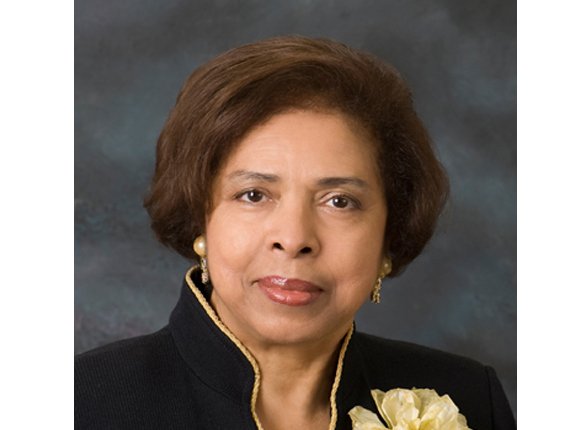What about our children? by E. Faye Williams
5/28/2020, 6 p.m.
Like many who’ve had to shelter in place, I’ve had time for introspection and reflection. I’ve had to limit contact with family members, but I’ve had the opportunity to share memories and plan for future engagements with them.
As leader of a national organization, I’ve had to plan for the utilization of new creative procedures to keep our organization operational. I’m a community activist, so I’ve had to examine and evaluate the impact of COVID- 19 on our communities.
While much has been said about the current disparate impact of COVID-19 on communities of color, very little attention has been placed on a plan for healing that will be essential post-pandemic. I place special emphasis on the impact of COVID-19 on the mental health of our youths.
I can only imagine the weight of uncertainty that has been added to their customary burden. If not before COVID-19, our children must suffer to varying degrees with emotional distress that can only be labeled Post Traumatic Stress Disorder.
The American Psychiatric Association defines PTSD as “a psychiatric disorder that can occur in people who’ve experienced or witnessed a traumatic event such as a natural disaster, serious accident, terrorist act, war/combat, rape or other violent personal assault. People with PTSD have intense, disturbing thoughts and feelings related to their experiences that last long after the traumatic event has ended. They may relive the event through flashbacks or nightmares; they may feel sadness, fear or anger; and they may feel ... estranged from other people.”
I would think the initial temporary school closures were greeted by our youths as an extra spring break. I’d also speculate that, when these closures were applied to the remaining school year and students realized a longer separation from friends and nor- malcy, they had to face another demoralizing disappointment in a sequence of many.
For many, food and shelter security became real and immediate. Some have become victims of domestic violence sparked by routine practice or proximity anxiety. For many more, illness and death of family and friends and the real potential of personal illness or death have become thoughts which are their constant companions.
More long term, the educational disparities and academic gaps suggest loss of future opportunities for some. Academic and athletic scholarships which depend on evaluation results of completed school years will not be realized. These obvious assaults on the mental health of youths will go unchecked and unanswered.
Historically, our communities have been reluctant to accept the existence of mental health problems, ignoring rather than addressing them. If healing is our true purpose, we must first acknowledge the full scope of the issues — general and individual — which confront the target of our concern. We can no longer count on the intestinal fortitude of victims to shepherd them through their trauma. Some need help.
We must become more thorough and sincere in demonstrating our concern. Instead of the casual, “How ya doing?” our inquiry must be a more thorough one like, “Is there anything I can do to help you?” or a variety of probing questions that’ll help our youths express themselves.
We must remember that their healing begins with us. Unchecked, the impact of their trauma becomes generational.
The writer is national president of the National Congress of Black Women.








